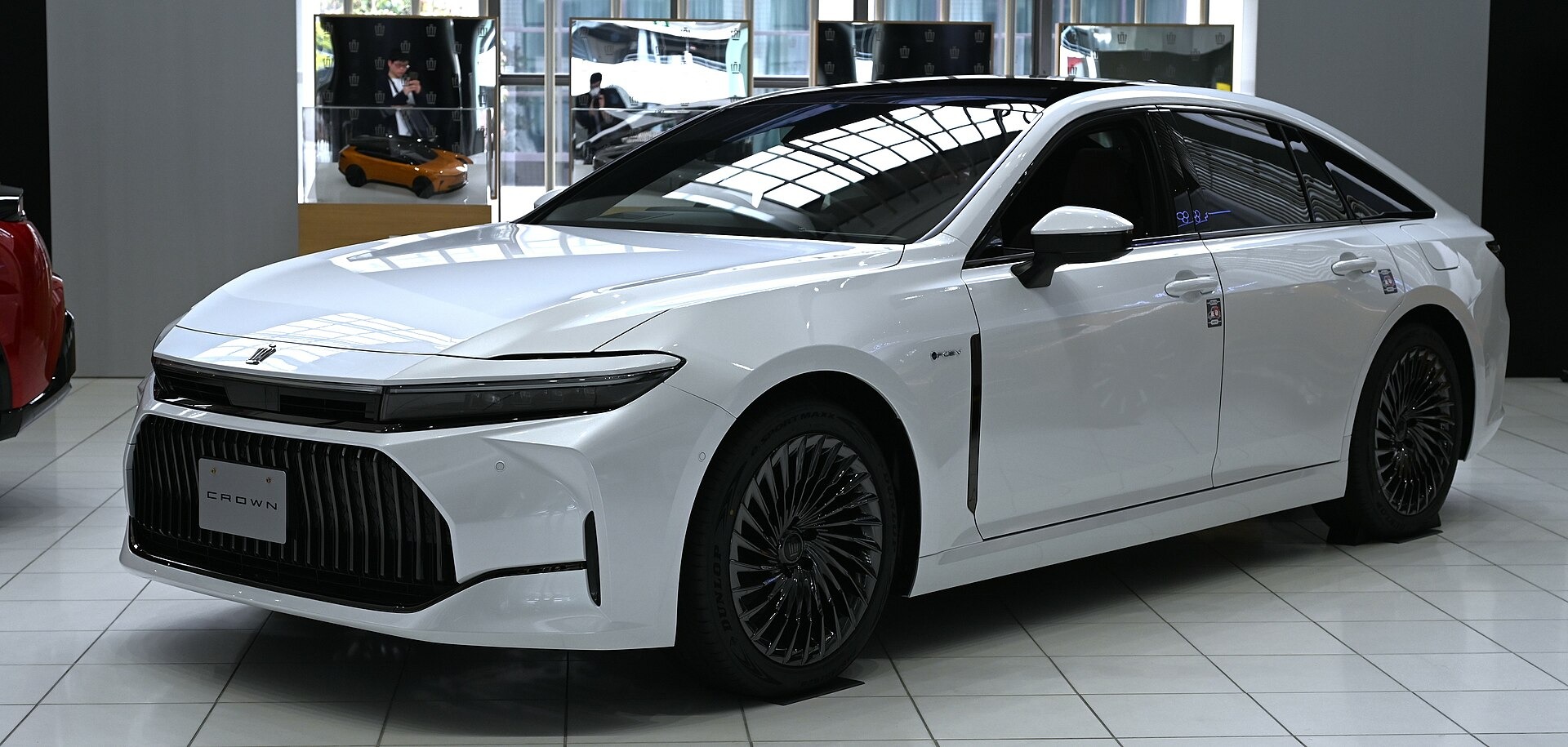Tired of watching your Android phone crawl through app switches like it’s running on dial-up? The Background Process Limit setting in Developer Options promises salvation from sluggish multitasking. But this supposed fix creates the exact performance nightmare you’re trying to escape. Your well-intentioned tweaking forces Android to work against its own carefully tuned efficiency.
The Developer Trap That Caught Regular Users
This hidden setting overrides Android’s smart memory management with brute force limits.
Deep in Developer Options lies the Background Process Limit control, typically set to “Standard limit” by default. Tech tutorials and YouTube guides often highlight this as a quick performance boost—cap background apps to save RAM and speed things up. The logic sounds bulletproof: fewer apps running means more resources available. Except Android doesn’t work that way, according to Google’s official developer documentation.
Why Forcing Limits Creates More Problems
Manual restrictions trigger a destructive cycle of constant app reloading.
Here’s the performance paradox: limiting background processes to “At most 2” or similar caps forces Android to aggressively kill apps that would normally stay ready in memory. When you switch back to Instagram or your banking app, the system reloads everything from scratch instead of resuming instantly.
This constant reloading burns through CPU cycles, drains battery faster, and creates the stuttering lag you’re desperately trying to eliminate. Tech analysis shows this creates exactly the opposite effect users are seeking.
Android’s Default Settings Actually Work Better
Google’s engineers already optimized background management for real-world usage patterns.
Android’s native process management operates like a smart bouncer—keeping frequently used apps readily available while quietly removing older ones only when memory runs low. This dynamic system adapts to your actual usage patterns, something a rigid numerical limit cannot match.
Your notifications will still work fine during this mess, but everything else suffers from the artificial constraints you’ve imposed. The system’s default behavior maximizes efficiency by intelligently managing resources.
The Simple Fix That Restores Performance
Reverting to standard limits immediately improves multitasking and battery life.
Navigate back to Developer Options and change Background Process Limit to “Standard limit.” Your phone will thank you with smoother app switching and longer battery life within hours. If you’re genuinely experiencing performance issues, focus on:
- Uninstalling resource-heavy apps
- Clearing cache
- Managing storage space
Don’t override Android’s intelligent defaults with restrictions that even developers only use for testing specific scenarios. Trust the system optimization that Google’s engineers have already perfected for everyday use.




























